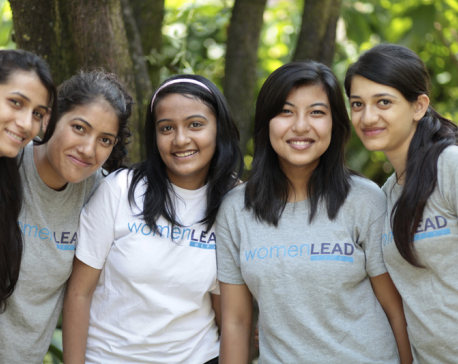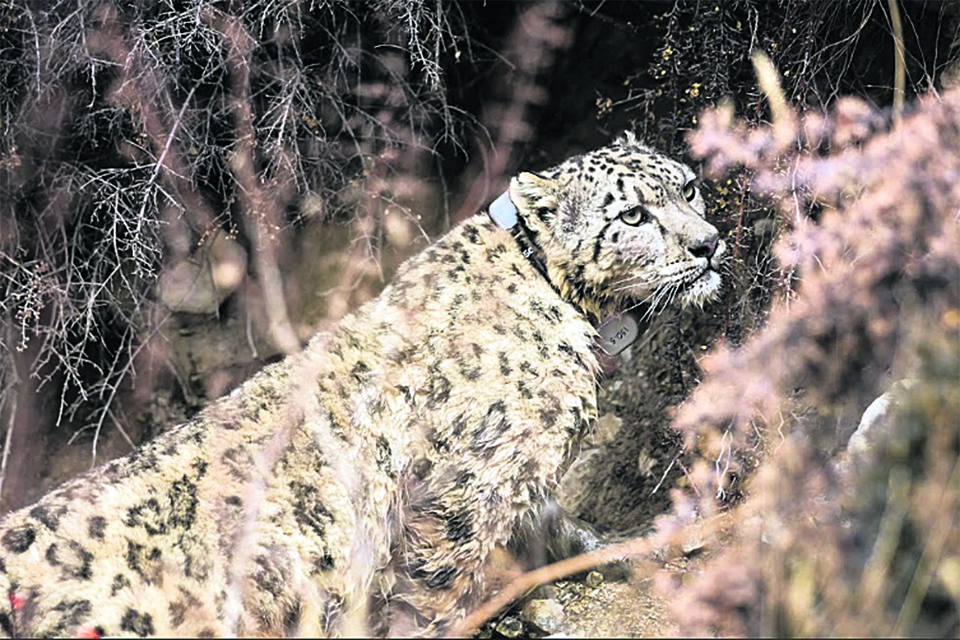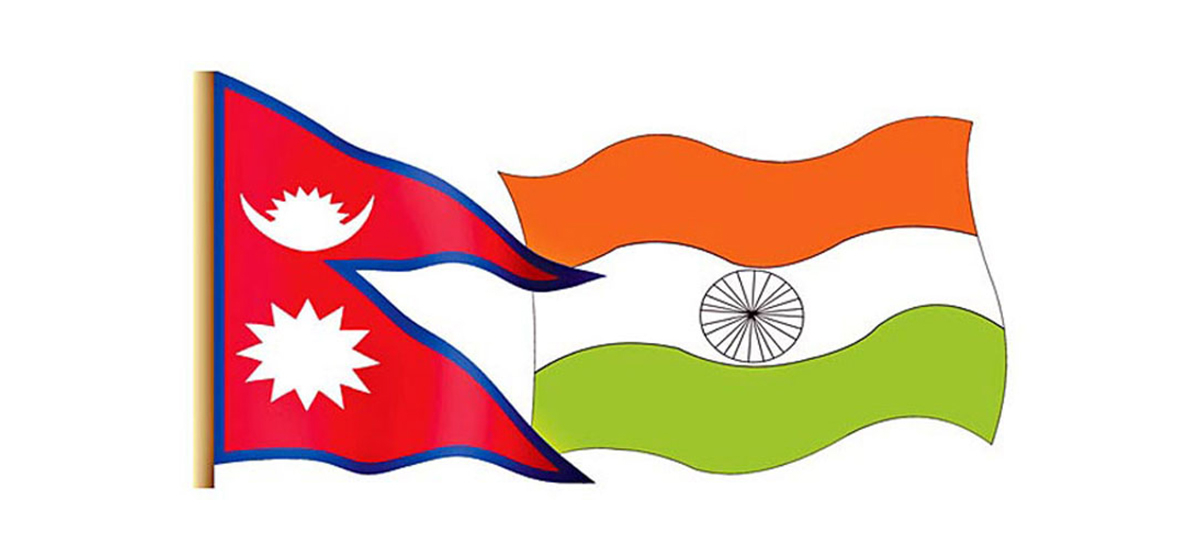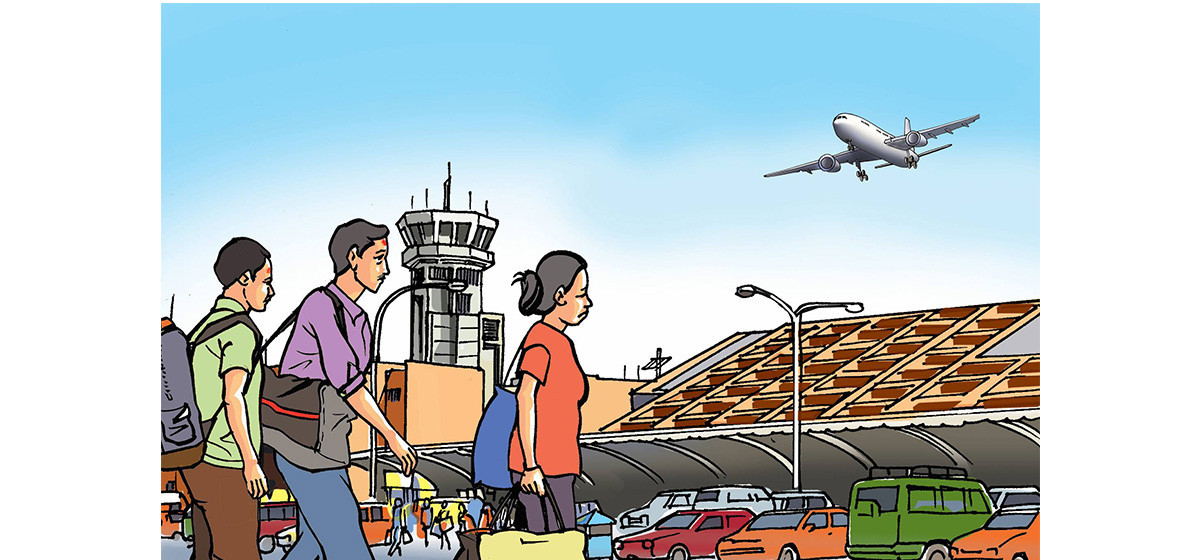
OR
2.5 pc of total HIV-infected in Nepal are children under 4
Published On: December 2, 2017 03:48 AM NPT By: Bishnu Prasad Aryal
KATHMANDU, Dec 1: Some 2.5 percent of the HIV-infected people in Nepal are children of up to four years.
According to the National Center for AIDS and STD Control (NCASC), among the tested patients, 30,646 people are infected with HIV as of July 2017. A total of 32,735 people were found infected with HIV in 2016.
Out of the total HIV-infected people this year, 772 patients or 2.5 percent are children of up to four years, said Bir Bahadur Rawal, statistical officer at NCASC. “Among the total infected people, 18,989 are male, 11,535 female and 122 third gender people,” he added.
As of July this year, 1,069 cases of HIV were detected out of the 138,583 people tested for the virus compared to 2,144 HIV infected out of 173,195 tested in 2016.
A data of the Ministry of Health (MoH) puts estimated annual pregnancies for 2016/17 at 756,993. A total of 239,690 cases of pregnancies were tested for HIV till July 2017. Among them, 81 women were found to be HIV positive.
Though the Antiretroviral Treatment Therapy (ART) is available free of cost for HIV-infected in Nepal, only 14,544 infected people out of the 19,388 enrolled for ART service are getting the services, according to the NCASC. The government alone allocates Rs 140 million for the ART services but all HIV infected have not received the service due to the lack of equipped health facilities at the local level.
Of the total getting ART services, 91.7 percent are above 15 years of age while 8.3 percent are children below 14 years. “Of them, 7,419 are male, 7,073 female and 52 third gender people,” says the government statistics. The cumulative death of HIV infected is 2,770 until July.
As of July 2017, 1,324 HIV-infected children below 18 years including 746 boys and 578 girls have been supported with essential packages of Children Affected by AIDS.
Community care center service for HIV infected has covered 42 districts while community and home based care has covered 43 districts of the country. The first HIV case was detected in Nepal in 1988.
According to a government report of 2016, HIV is transmitted through flesh trade, unsafe sex of migrant workers, homosexuality, drug injection, children born from HIV infected mothers and transmission of blood and blood products.
The government distributed 2,199,082 pieces of condoms targeting sex workers and their clients in 2017 when 418,077 condoms were distributed to male migrant workers and their spouses.
Though the government and donors have invested billions in HIV prevention, the situation has not improved as it should have been. Many of the more than 4,000 government facilities across the country are yet to deliver the HIV screening and treatment services. “We have expected to provide the integrated health services including basic test services from all the local bodies within the next five years,” said the government officials.
“The rate of HIV infection is decreasing gradually,” said Dr Shree Krishna Giri, spokesperson for the MoH. “HIV testing services are available in the health facilities where blood transmission services are available,” Dr Giri said. “Though the awareness level of people has increased, it is still not at a satisfactory level.”
You May Like This

58 pc Nepal children aged 8 to 12 years face cyber risks: Report
KATHMANDU, Feb 9: Some 58 percent children aged between 8 and 12 years are exposed to cyber risks in Nepal,... Read More...

36 pc children below 5 stunted in Nepal
KATHMANDU, Dec 27: More than one-third of children under the age of five years in Nepal are stunted. ... Read More...

Helping women re-envision a better Nepal: Women LEAD Nepal
KATHMANDU,March 7: Women LEAD Nepal started as an idea that women and girls could change the trajectory of Nepal’s future and... Read More...



Just In
- Private sector leads hydropower generation over government
- Weather expected to be mainly fair in most parts of the country today
- 120 snow leopards found in Dolpa, survey result reveals
- India funds a school building construction in Darchula
- Exploring opportunities and Challenges of Increasing Online Transactions in Nepal
- Lack of investment-friendly laws raises concerns as Investment Summit approaches
- 550,000 people acquire work permits till April of current fiscal year
- Fixing a win by outlawing dissent damages democracy














_20220508065243.jpg)
Leave A Comment